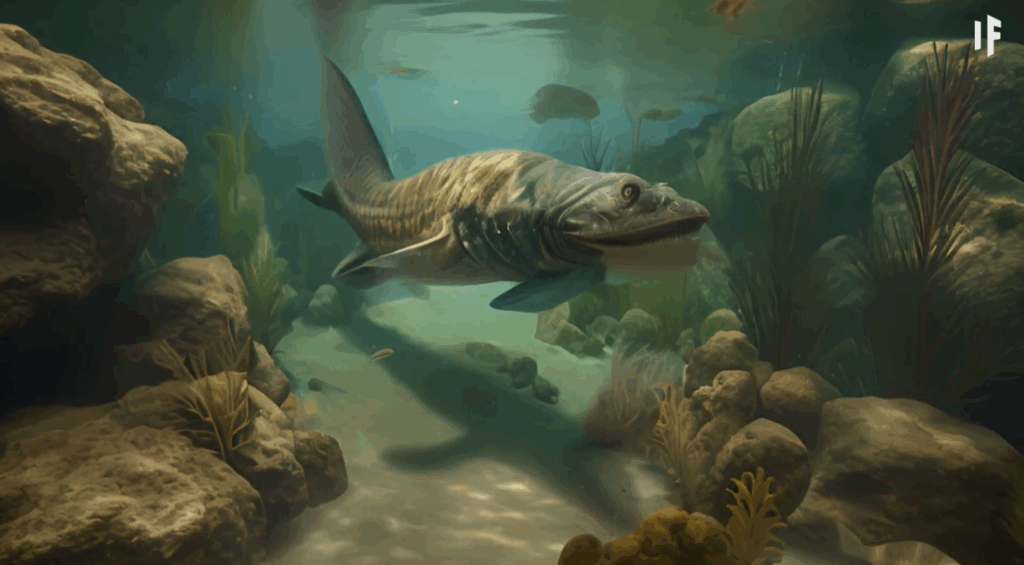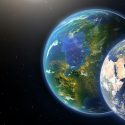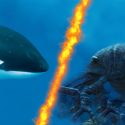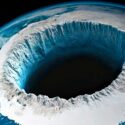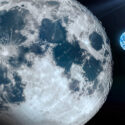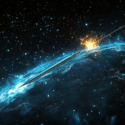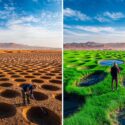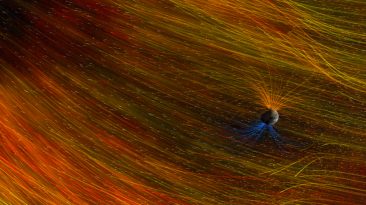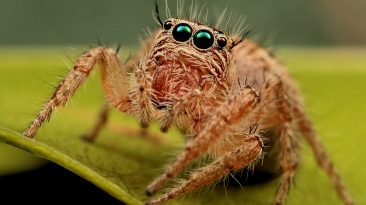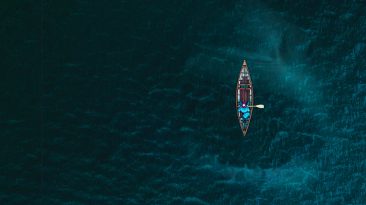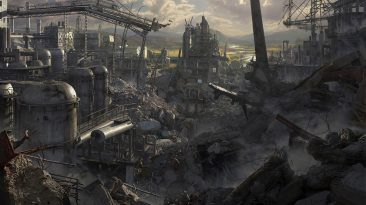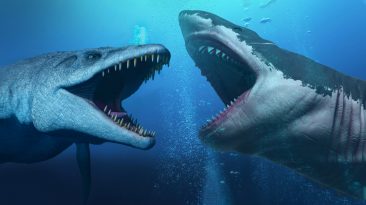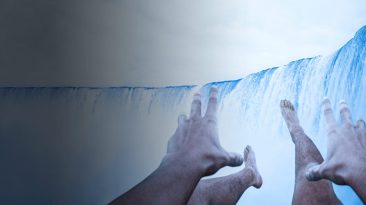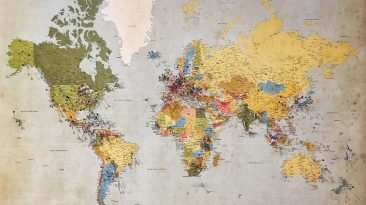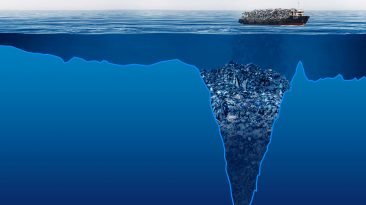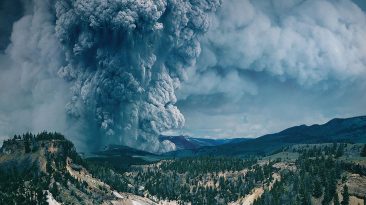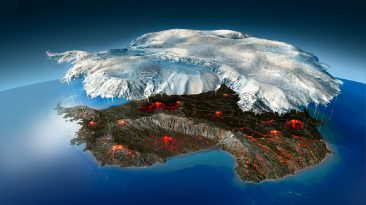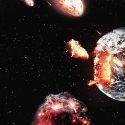Imagine being transported 500 million years into Earth’s past, landing in a world that feels both alien and dangerously unfamiliar. You have just arrived in the Cambrian Period, a time when life on Earth was undergoing one of its most dramatic changes. Strange creatures filled the oceans, the land was empty and dry, and survival would not be easy. Here are six surprising things you would encounter during this incredible journey into deep time.
1. Earth Looked Completely Different
If you are hoping to recognize familiar landscapes, you will be disappointed. The continents we know today did not exist. Instead, you would see large landmasses like Gondwana, Laurentia, Baltica, and Siberia. These early versions of continents were mostly located in the southern part of the globe. Shallow seas covered much of the planet, and the land was barren, dry, and rocky. There were no trees, flowers, or grass. Only simple mosses and algae managed to survive on the lifeless terrain.

2. Life Was in the Oceans and It Was Strange
If you walked to the edge of the sea, you would witness one of the most exciting periods in Earth’s history, the Cambrian Explosion. This short window of time saw a rapid increase in the diversity of life. Underwater, you would find creatures like trilobites moving across the sea floor. These ancient animals had hard shells, spiny limbs, and strange eyes.
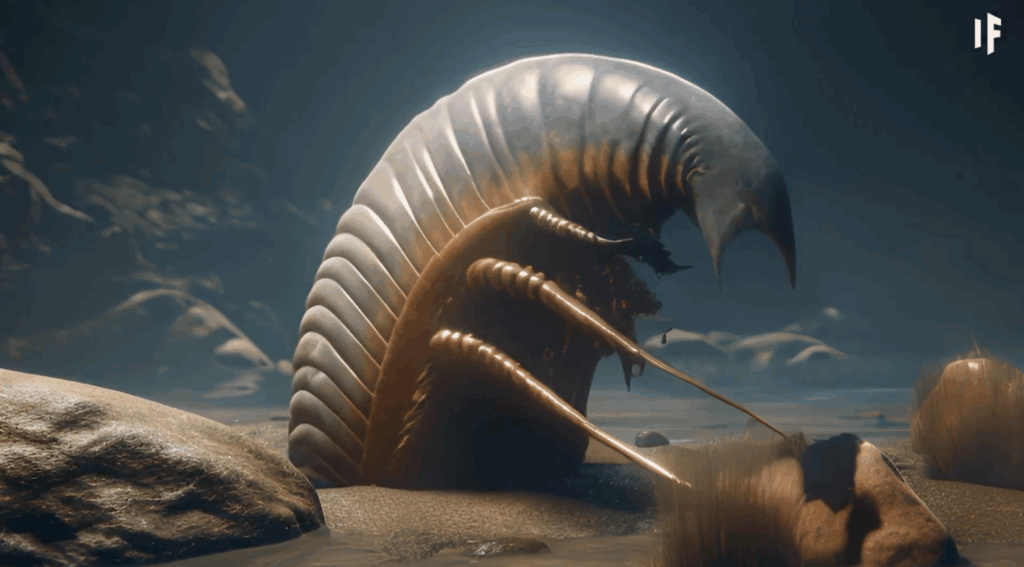
Though they looked unusual, they were harmless scavengers, feeding on algae and other small organisms. They are proof of the evolutionary changes that defined the Cambrian era.
3. Oxygen Was Scarce and the Sun Was Harsh
Even standing still would feel exhausting. That is because the Cambrian atmosphere had much lower oxygen levels than what we have today. Breathing would feel like standing at the top of a very tall mountain. In addition, there was little to no ozone in the atmosphere, which means the ultraviolet rays from the Sun were extremely strong. Without proper protection, you would get sunburned quickly. And no, sunscreen had not been invented yet. Shelter would be your only escape from the intense sunlight.
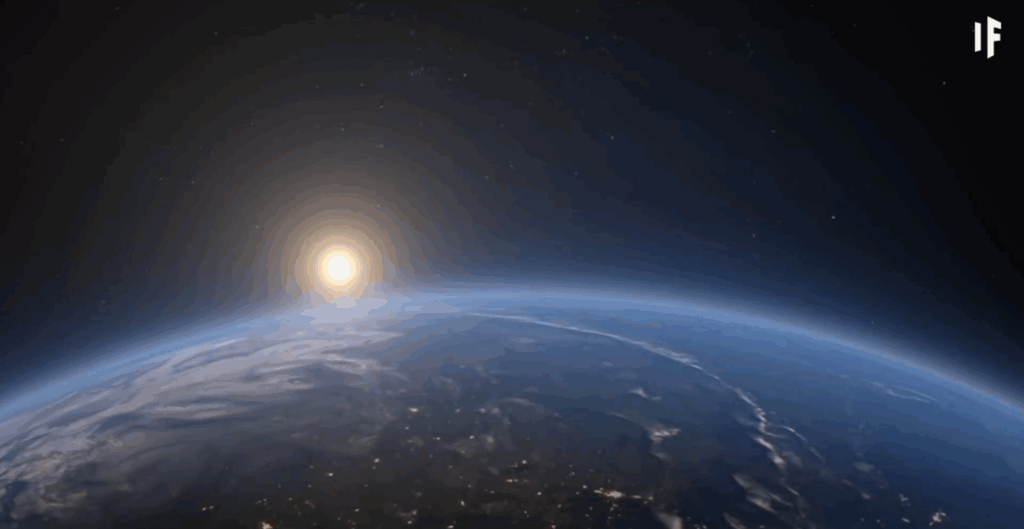
4. Eating Would Be Difficult and Dangerous
Feeling hungry? You would not find many options. Nearly all life existed in the oceans, and most of it was strange and possibly unsafe to eat. Local worms, algae, and bacteria could carry microorganisms your body would not be able to handle. This could lead to serious illness or worse. Land offered no help either, as there were no edible plants or animals to hunt. Your safest choice might be filtering and consuming ocean algae, but even that could upset your stomach.
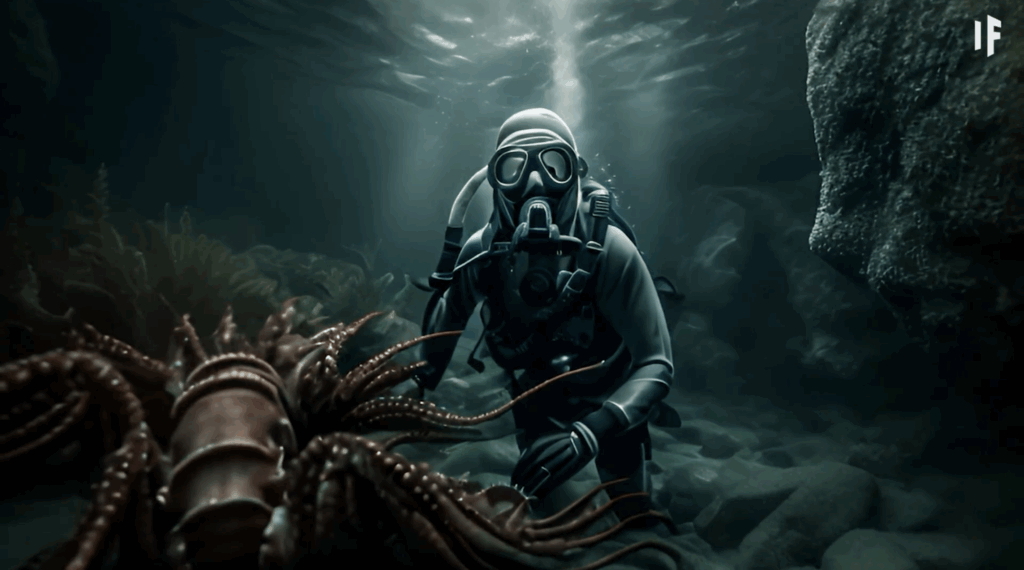
5. Predators Were Bizarre but Not a Big Threat
You would not need to worry about dinosaurs. They would not appear for another 300 million years. But you would still encounter unusual predators. Creatures like anomalocaridids, which looked like large shrimp with spiky tentacles and circular mouths, roamed the oceans. They could grow as long as fifteen inches and were some of the top hunters of their time. Fortunately, you would be far too large for them to consider as prey. Still, any cut or scrape could lead to dangerous infections from bacteria in the water.
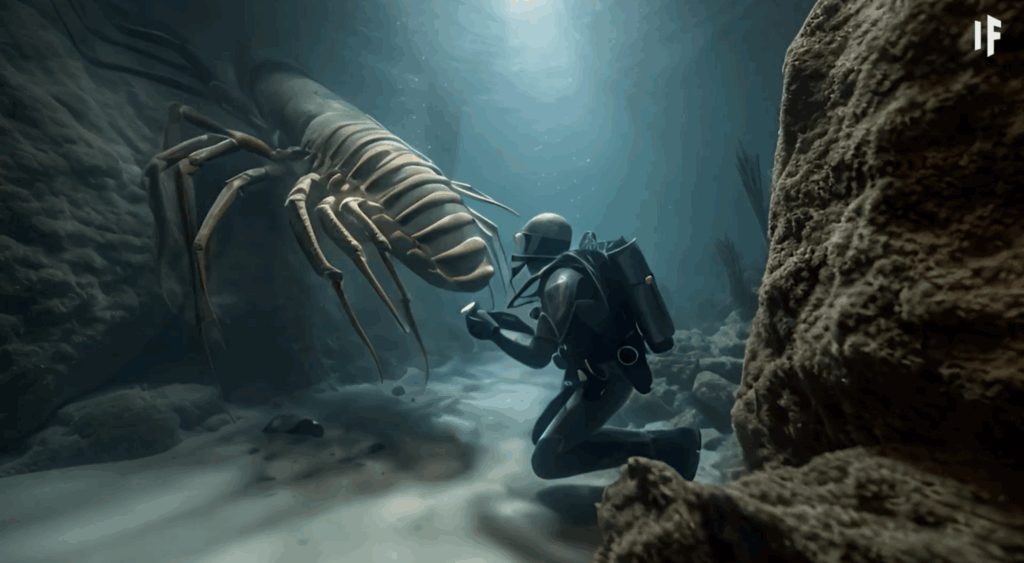
6. You Would Witness the Beginning of Complex Life
Despite all the challenges, visiting the Cambrian Period would give you a front row seat to one of the most important chapters in the history of life. Almost every major group of animals we know today, including arthropods, mollusks, and chordates, got their start during this time. The strange life forms in the sea would eventually evolve into fish, insects, reptiles, and even humans. You would be witnessing the origin of complex life as we know it.
